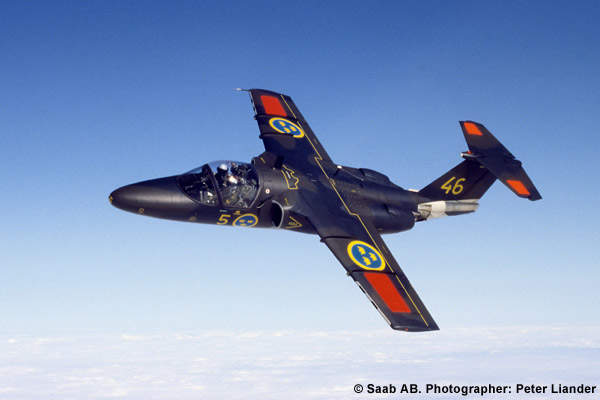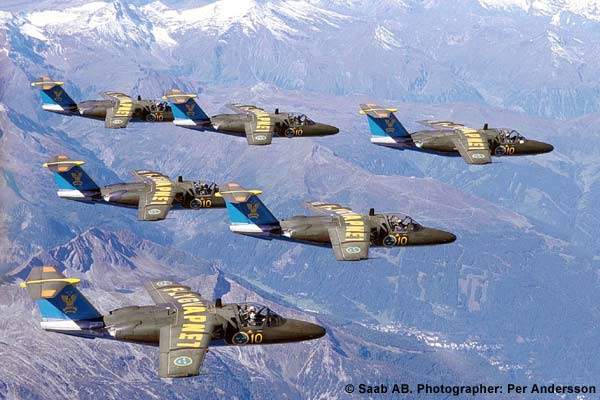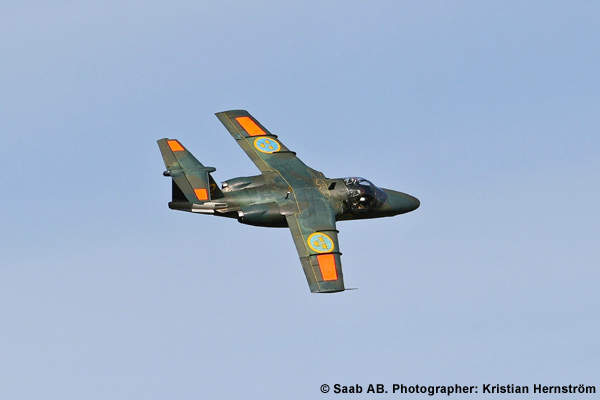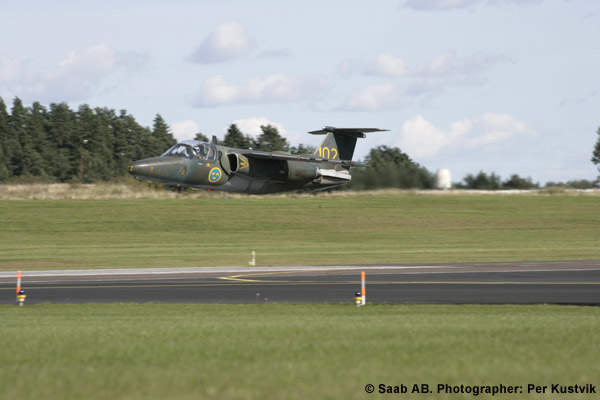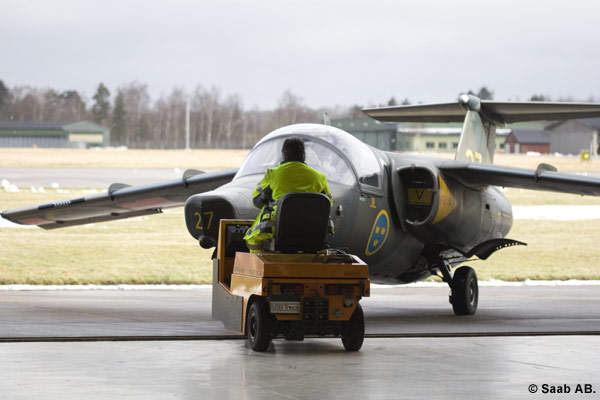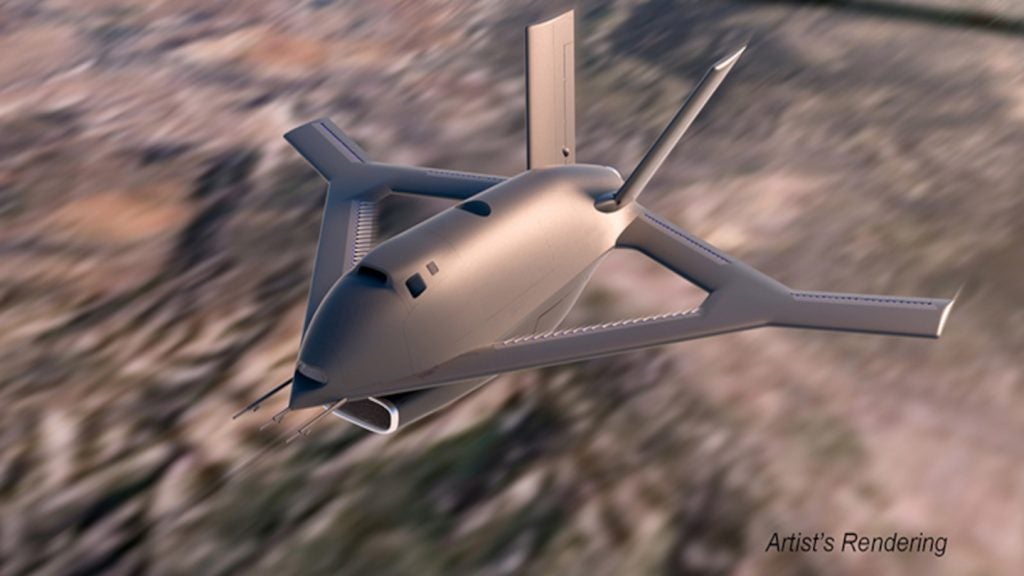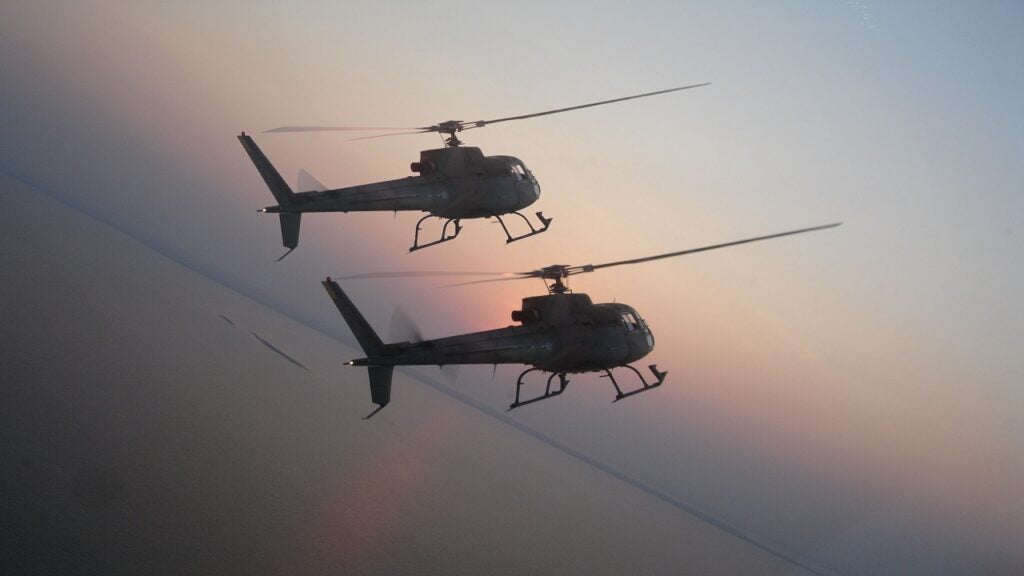The SK 60 trainer aircraft, used by the Swedish Air Force (SAF), is a variant of the Saab 105 prototype. It is a jet-driven trainer aircraft with ejection seats for the instructor and trainee.
Adopted in 1962, the first SK 60 aircraft was flown in July 1963 and a total of 150 SK 60 aircraft were delivered to the SAF between 1966 and 1968. It entered into service in 1967, mainly for training purposes, replacing the De Havilland Vampire. 40 SK 60 aircraft, designated Saab 105, were also delivered to the Austrian Air Force.
Saab 105 prototype is produced in four different variants SK 60B, SK 60C, SK 60D and SK 60E.
In September 2009, the Swedish Defence Materiel Administration (FMV) awarded a contract to the Saab Systems on behalf of the Swedish Air Force to develop and upgrade the SK 60 trainer aircraft until 2017.
SK 60 training aircraft orders
In September 2009, Saab was awarded a contract by the FMV worth Skr130m for the development and upgrade of the SK 60 trainer aircraft. Installations under the contract include a new GPS, audible altitude and primary warning signals for the pilot, and the replacement of certain instruments.
In December 2008, FMV signed a contract with Saab, making the company the main supplier, to operate, maintain and ensure the readiness of SK 60. The Skr900m contract will end in 2017.
Earlier in October 2002, SAF awarded an extended maintenance contract worth Skr75m to Saab Nyge Aero for SK 60.
Features
The SK 60 is fitted with high wings and two engines. The cockpit seats two crew – a trainer and a trainee under an acrylic glass canopy.
The training aircraft is 10.8m long, 2.7m high and has a wingspan of 9.5m. The maximum take-off weight of the aircraft is 4,635kg.
Mission variants
SK 60 aircraft were once used for light attack operations such as preventing border crossings, fighting helicopters and taking part in joint operations with the army. The key variants that were developed based on such requirements are SK 60B, SK 60C, SK 60D and SK 60E.
SK 60B and SK 60C are two-seat attack variants developed for the SAF. SK 60C also meets reconnaissance requirements through the panoramic reconnaissance camera fitted to the nose of the aircraft. Armament including two automatic 30mm ADEN cannons or attack rockets, 12cm-13.5cm rockets or six armour-penetrating rockets, can be installed at hardpoints under the wings. Alternatively, the RB05 attack missile could also be carried.
SK 60D is the transport variant wherein the two ejection seats of the aircraft are replaced with four airline-type seats (without parachutes) or four austere seats (with parachutes). Only ten SK 60 aircraft were permanently configured as SK60D and finally flew.
SK 60E is the four-seat variant installed with civil avionics including an instrument landing system. In 1993, an upgrade of the SK60 was undertaken to install twin Williams FJ44 engines with 8.45kN thrust and digital engine controls. These engines provide high thrust power, and are quiet and easy to maintain. About 115 aircraft including SK 60A, SK 60B and SK 60C have been modified. Informally, this variant is called the SK 60 (W) aircraft.
Turbofan engines
Initially, SK 60 aircraft were fitted with two Turbomeca Aubisque engines. It is a low-bypass turbofan engine delivering a thrust of 1,540lbf at 32,500rpm. Each engine is 105in long, 22.3in in diameter and weighs 545lb.
The Williams FJ44 is a turbofan engine jointly developed and produced by Williams International and Rolls-Royce. It delivers a thrust of 1,900lbf and weighs 460lb and is 53.3in long, with a diameter of 20.9in.

